The Allure of Traditional Chinese Cuisine: A Journey Through Flavors and History
Chinese cuisine, with its rich history and diverse regional flavors, is a culinary treasure trove that has captivated the world for centuries. Traditional Chinese food is not just about satisfying hunger; it's an art form that combines the perfect balance of flavors, textures, and colors, reflecting the country's deep cultural roots and philosophical beliefs.
At the heart of traditional Chinese cuisine is the concept of harmony, which is achieved through the careful selection and combination of ingredients. This philosophy is deeply ingrained in the preparation of dishes, where the five fundamental tastes—sour, sweet, bitter, spicy, and salty—are meticulously balanced to create a symphony of flavors.
One of the most iconic traditional Chinese dishes is Peking Duck, a dish that has been served to emperors and now to people all around the world. The duck is marinated and then roasted in a special oven, resulting in a crispy skin and tender meat. It is typically served with pancakes, scallions, cucumber, and sweet bean sauce, allowing diners to create their own wraps and experience a burst of flavors with each bite.
Dumplings, or jiaozi, are another staple of Chinese cuisine, especially during the Lunar New Year. They symbolize wealth and prosperity due to their shape, which resembles ancient Chinese gold ingots. The process of making dumplings is a communal activity, with family members gathering to fill and fold the dough, often while sharing stories and laughter. The filling can vary from region to region, with some favorites including pork and cabbage, shrimp and chive, or even sweet bean paste for dessert dumplings.
Noodles are also an integral part of Chinese food culture, with each region having its own signature style. In the north, hand-pulled noodles known as la mian are popular, while in the south, rice noodles are more common. Noodle dishes like hot and sour soup or dan dan noodles showcase the versatility of this simple ingredient, which can be transformed into a hearty meal or a light, refreshing snack.
The art of Chinese cooking extends beyond just the preparation of food; it also includes the presentation and the dining experience. A traditional Chinese feast is often a feast for the eyes, with dishes arranged in an aesthetically pleasing manner and served in a sequence that allows the diner to appreciate the progression of flavors.
Tea is another important aspect of Chinese culture and cuisine. It is not just a beverage but a way of life, with its own ceremonies and rituals. Drinking tea is believed to cleanse the palate and aid digestion, making it the perfect accompaniment to a rich Chinese meal. The variety of teas is vast, from the robust black tea to the delicate green tea, each with its own unique characteristics and health benefits.
Health and wellness are also central to traditional Chinese cuisine. The use of medicinal herbs and ingredients like ginger, goji berries, and Chinese yam is common, as they are believed to have healing properties. This holistic approach to food is part of the larger concept of maintaining balance and harmony within the body, which is a key principle in traditional Chinese medicine.
In conclusion, traditional Chinese cuisine is a tapestry of flavors, techniques, and cultural significance. It is a cuisine that has evolved over thousands of years, reflecting the history, geography, and philosophy of China. As the world becomes more interconnected, the allure of traditional Chinese food continues to grow, offering a glimpse into a rich culinary heritage that is both ancient and ever-evolving. Whether it's the succulent Peking Duck, the comforting warmth of a hot pot, or the delicate artistry of dim sum, traditional Chinese cuisine offers a journey through flavors that is as diverse as the country itself.




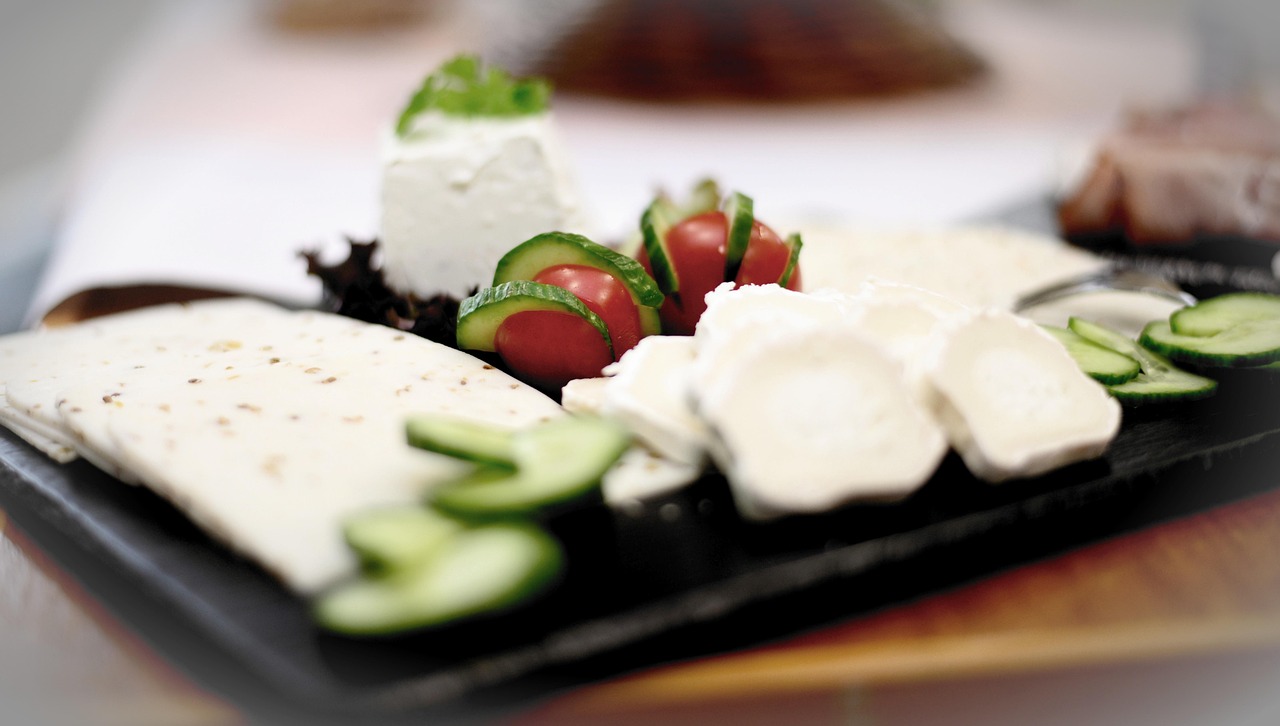
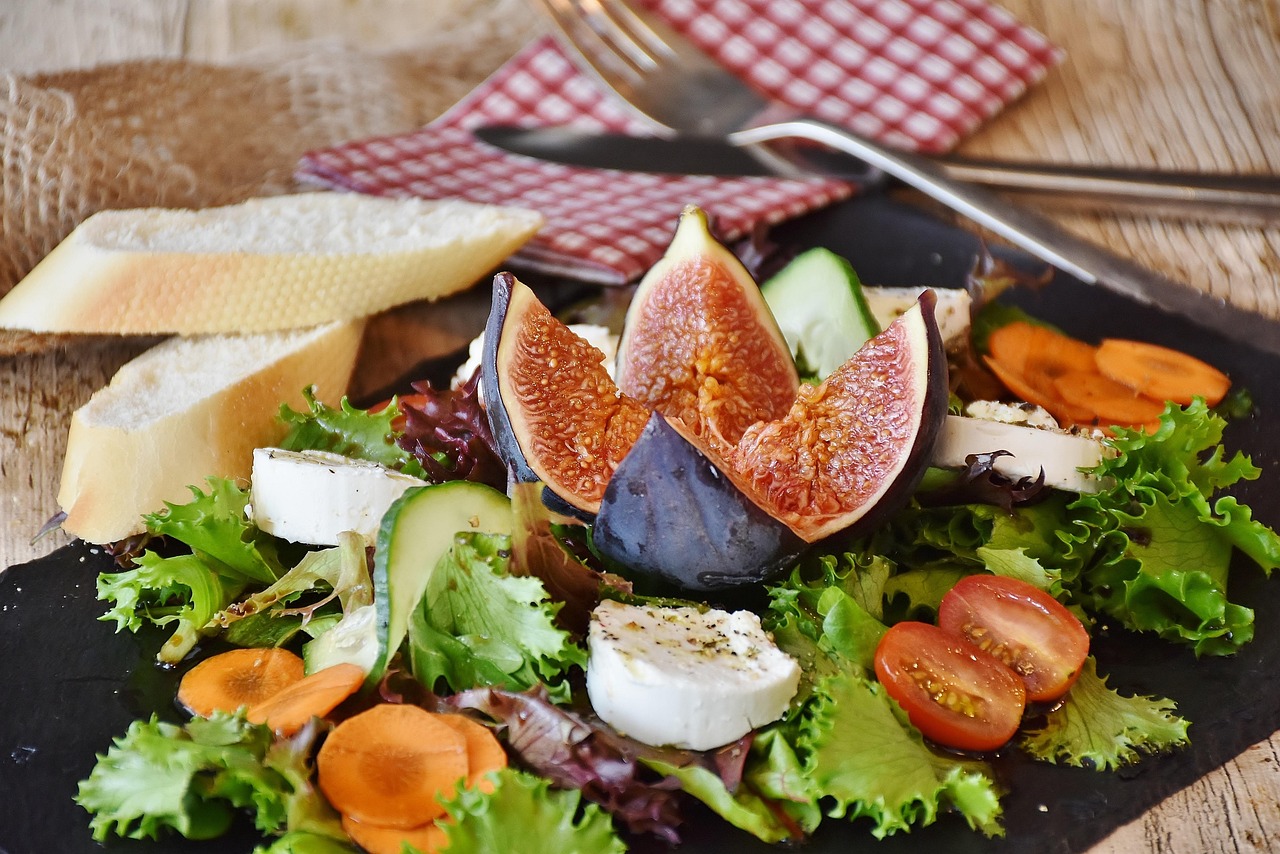
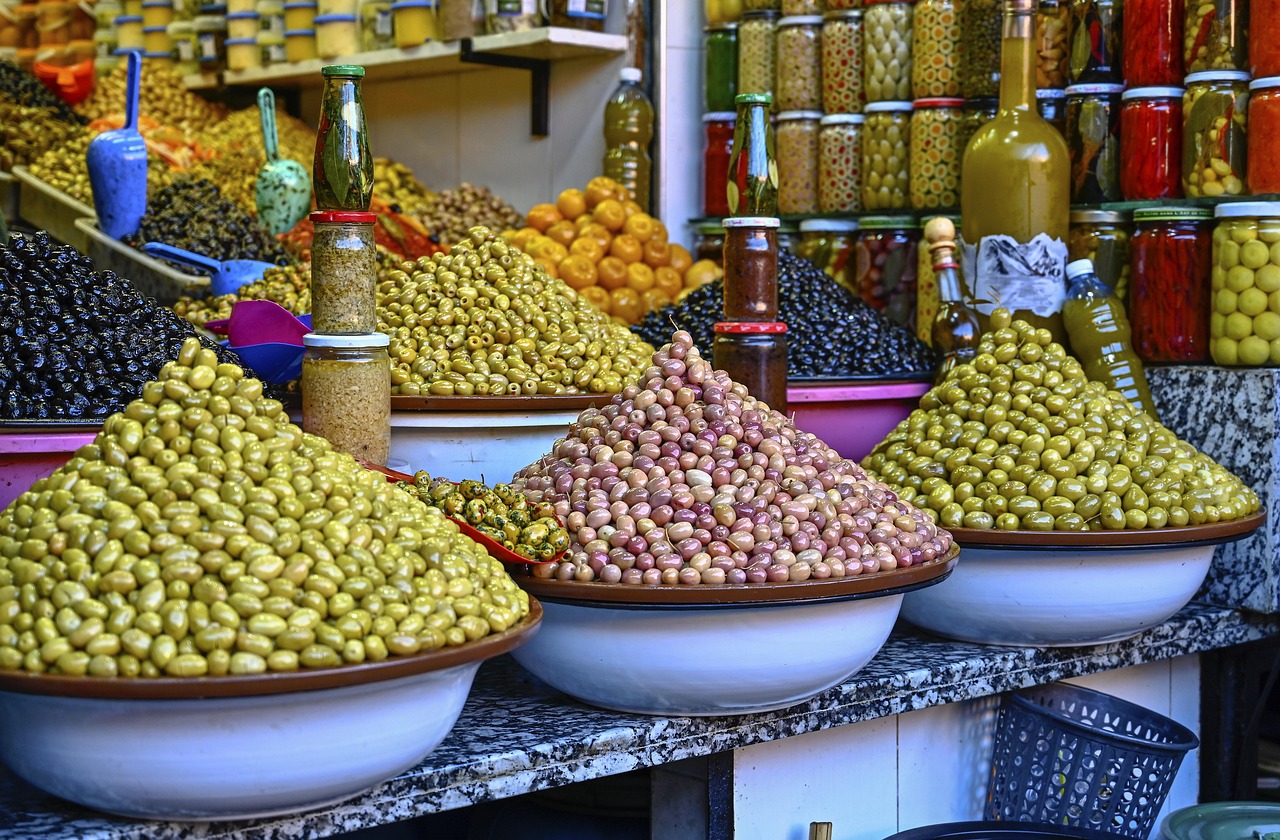
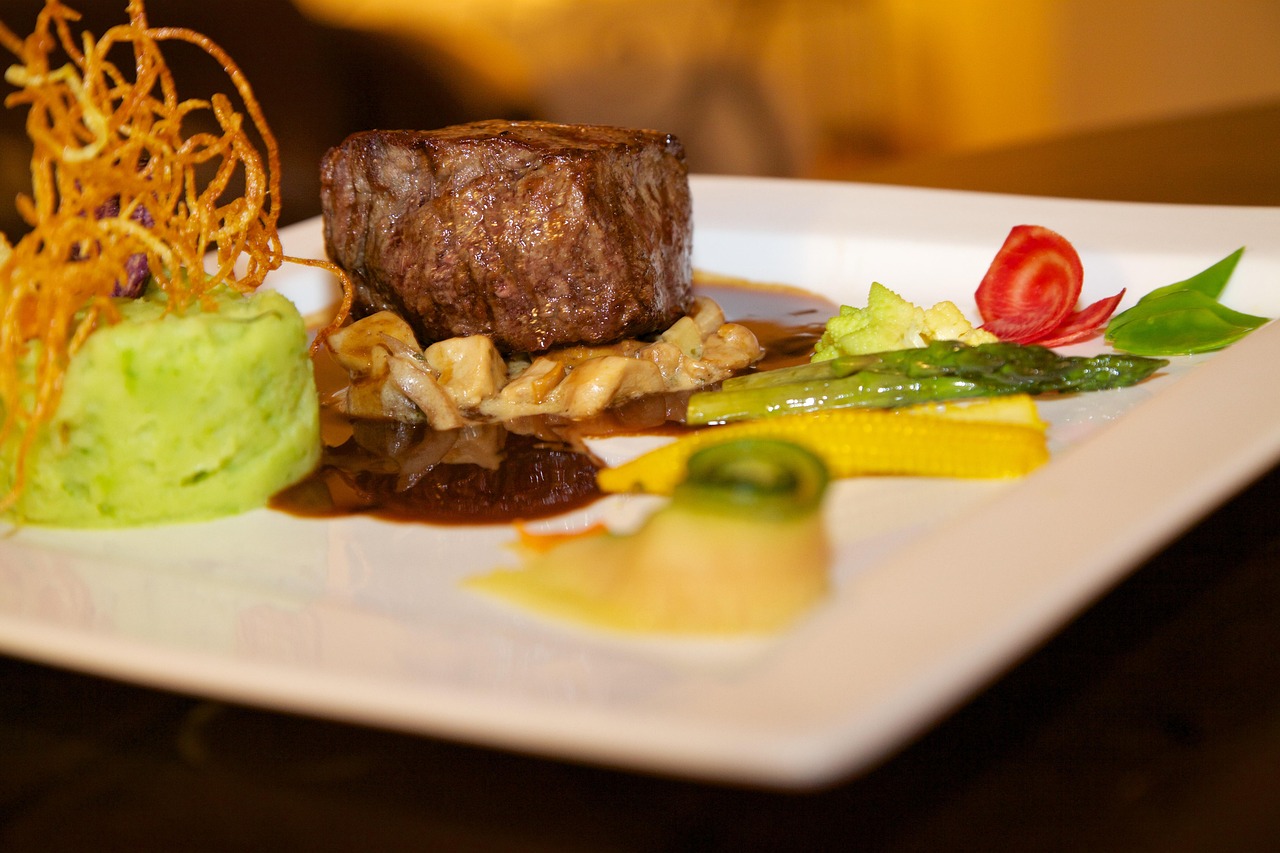
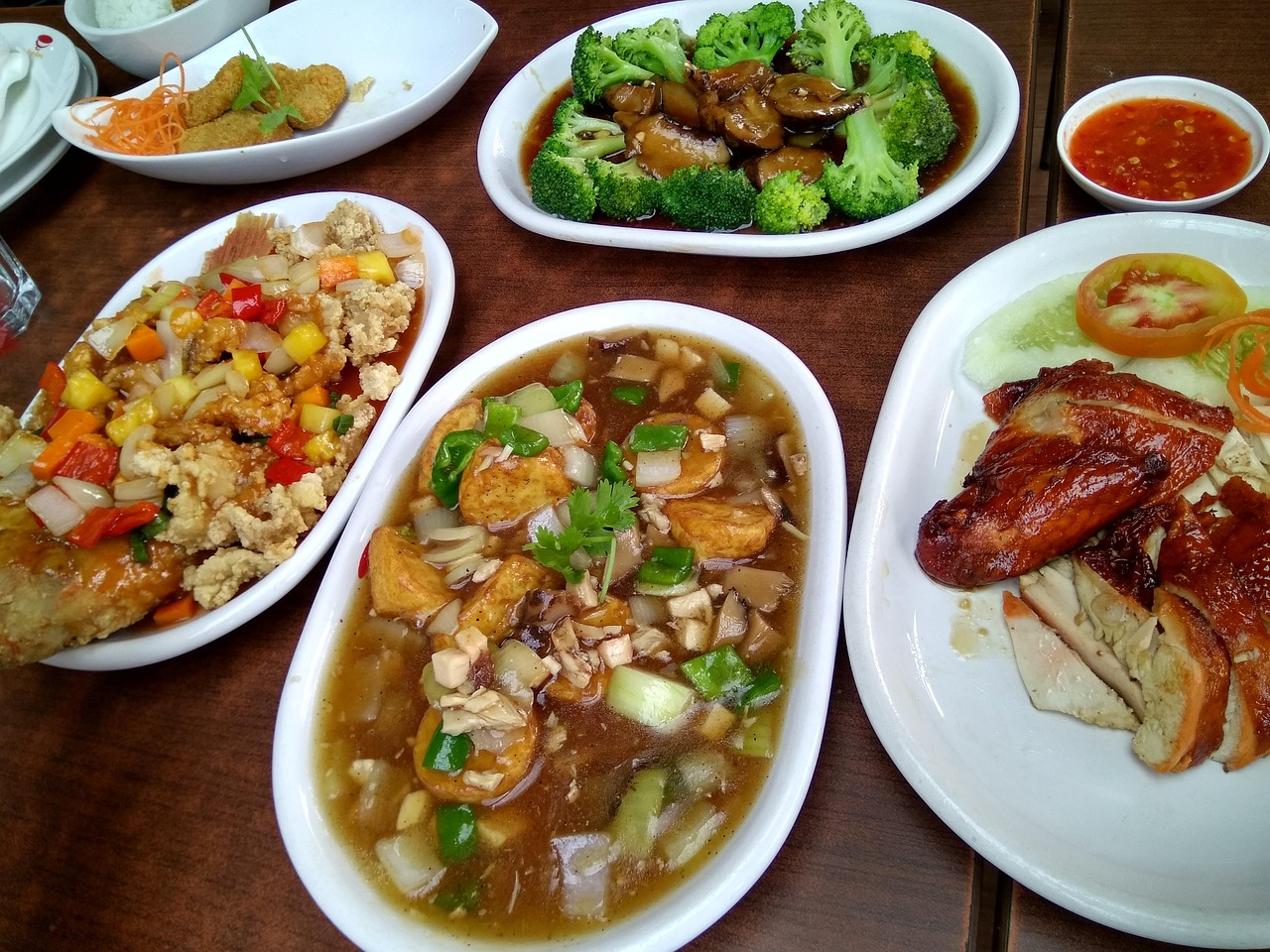
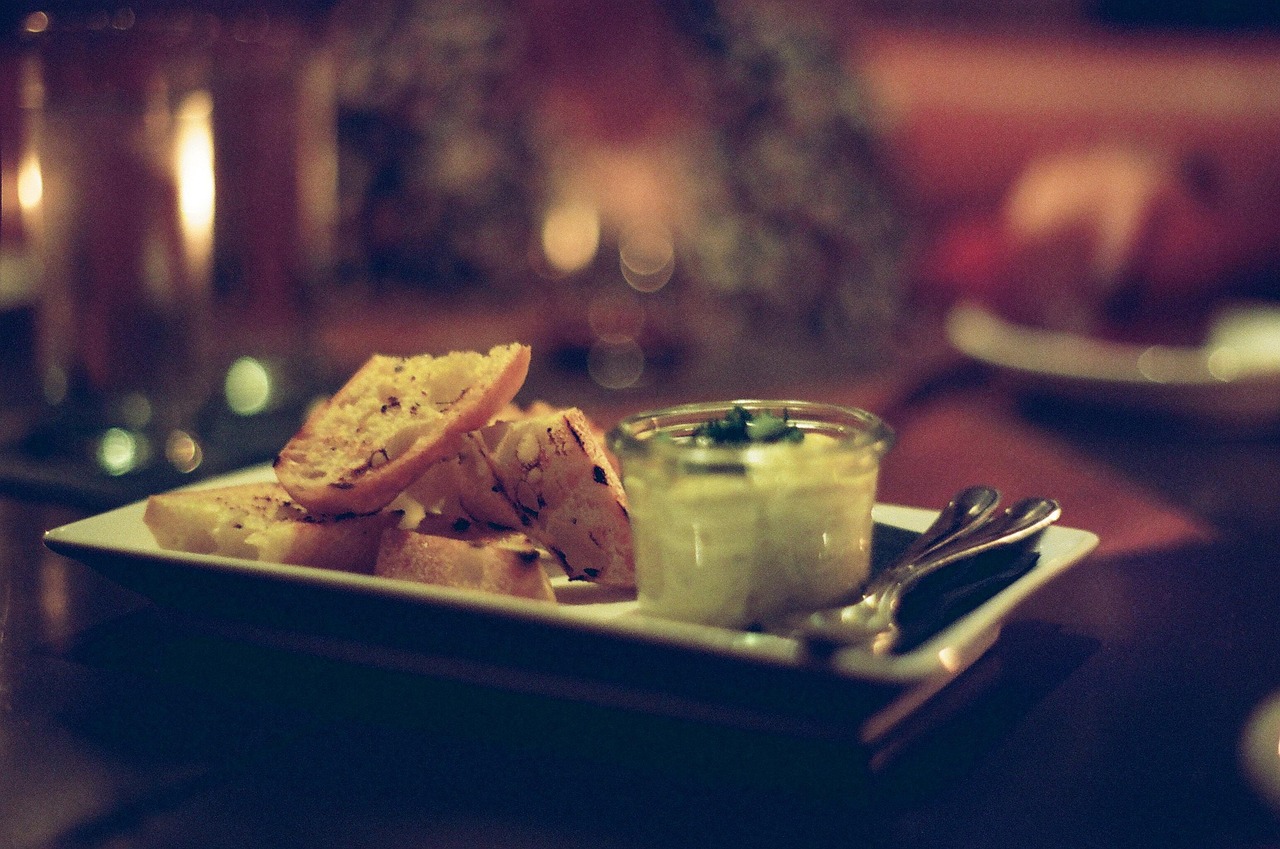
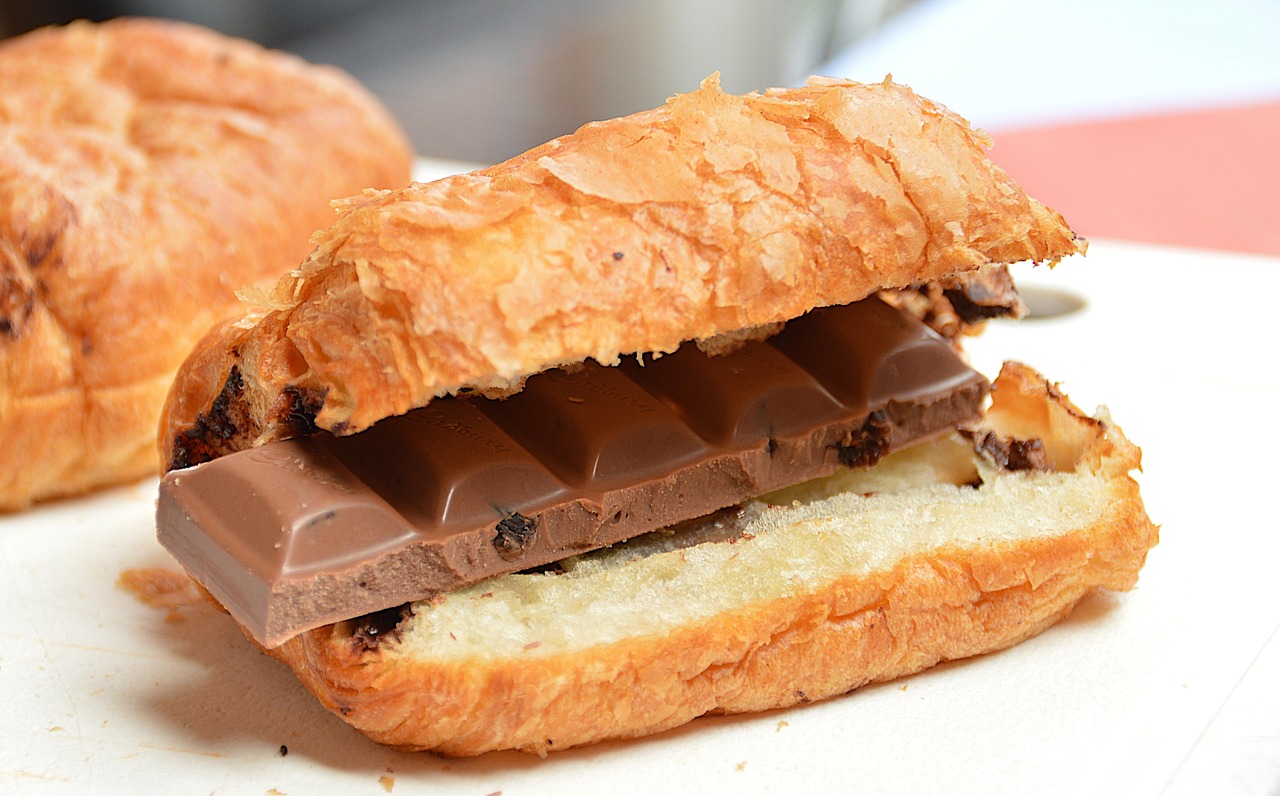
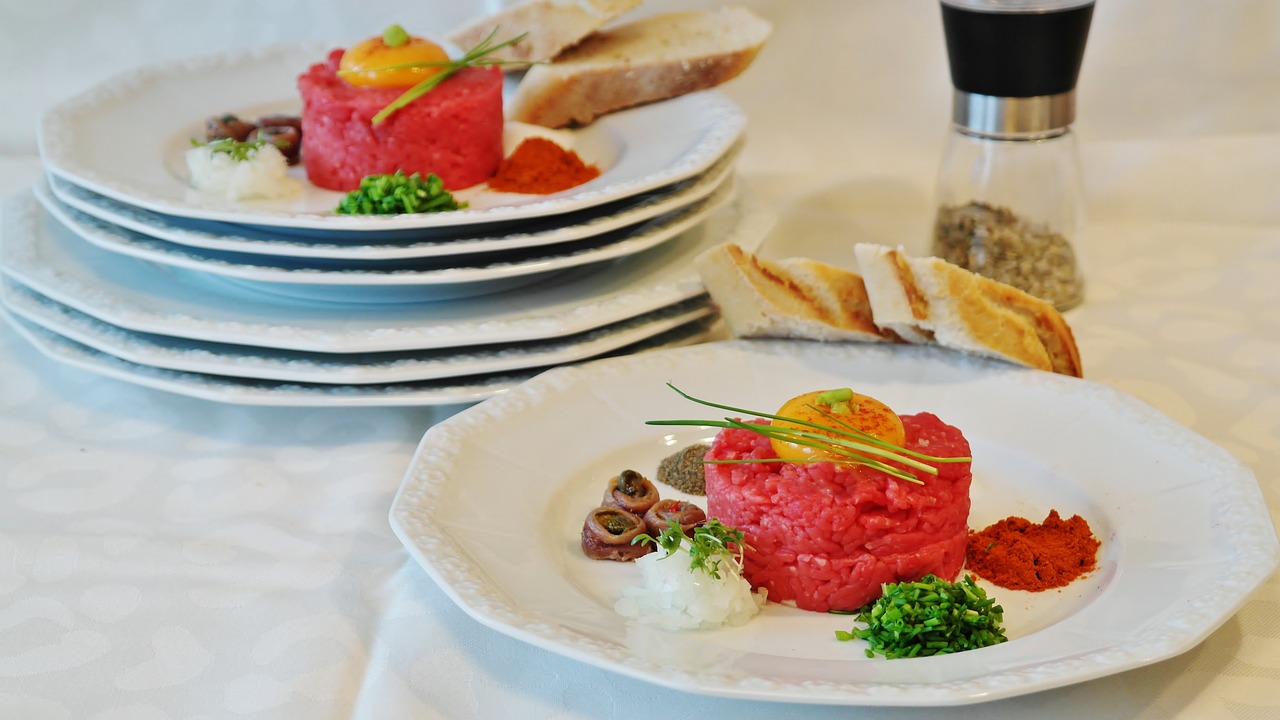
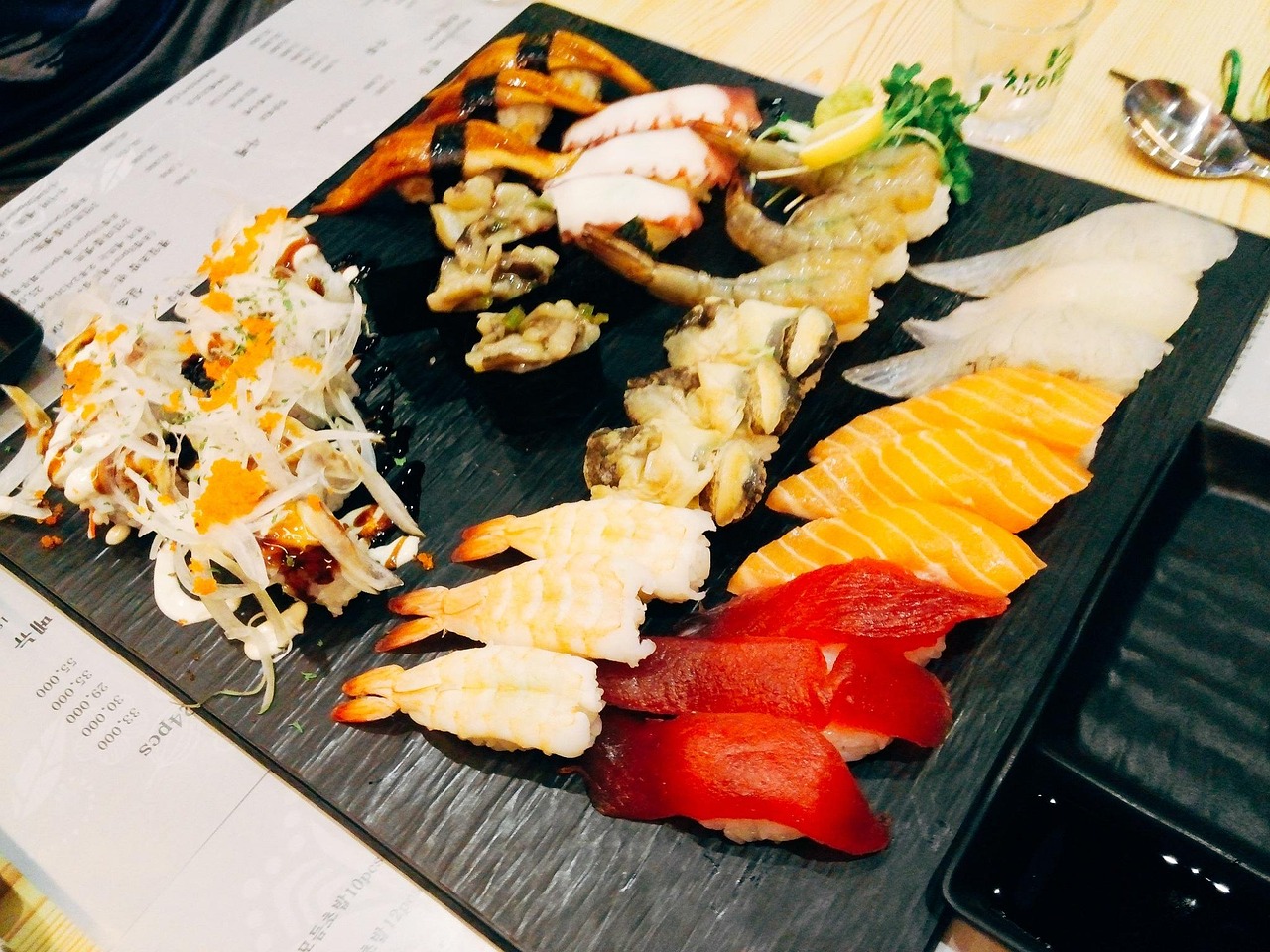
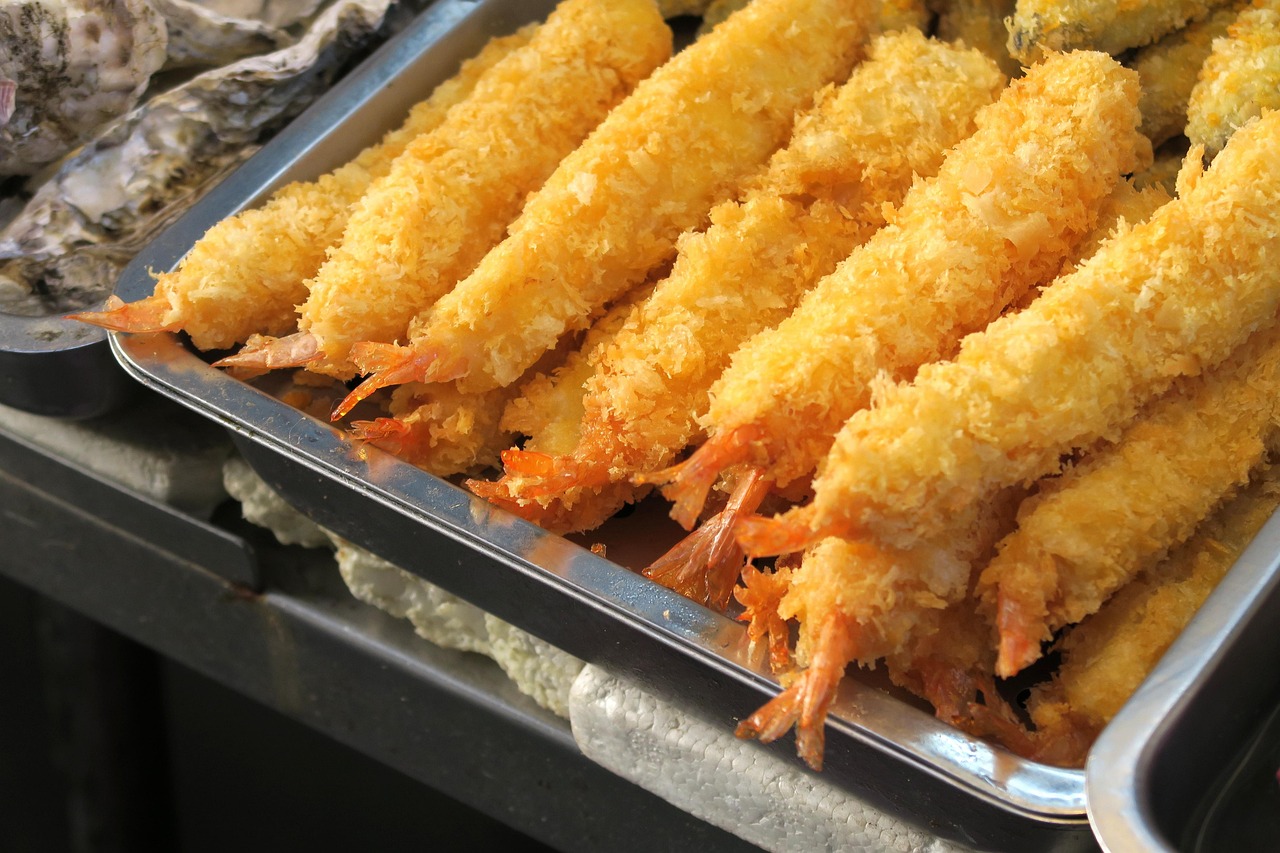
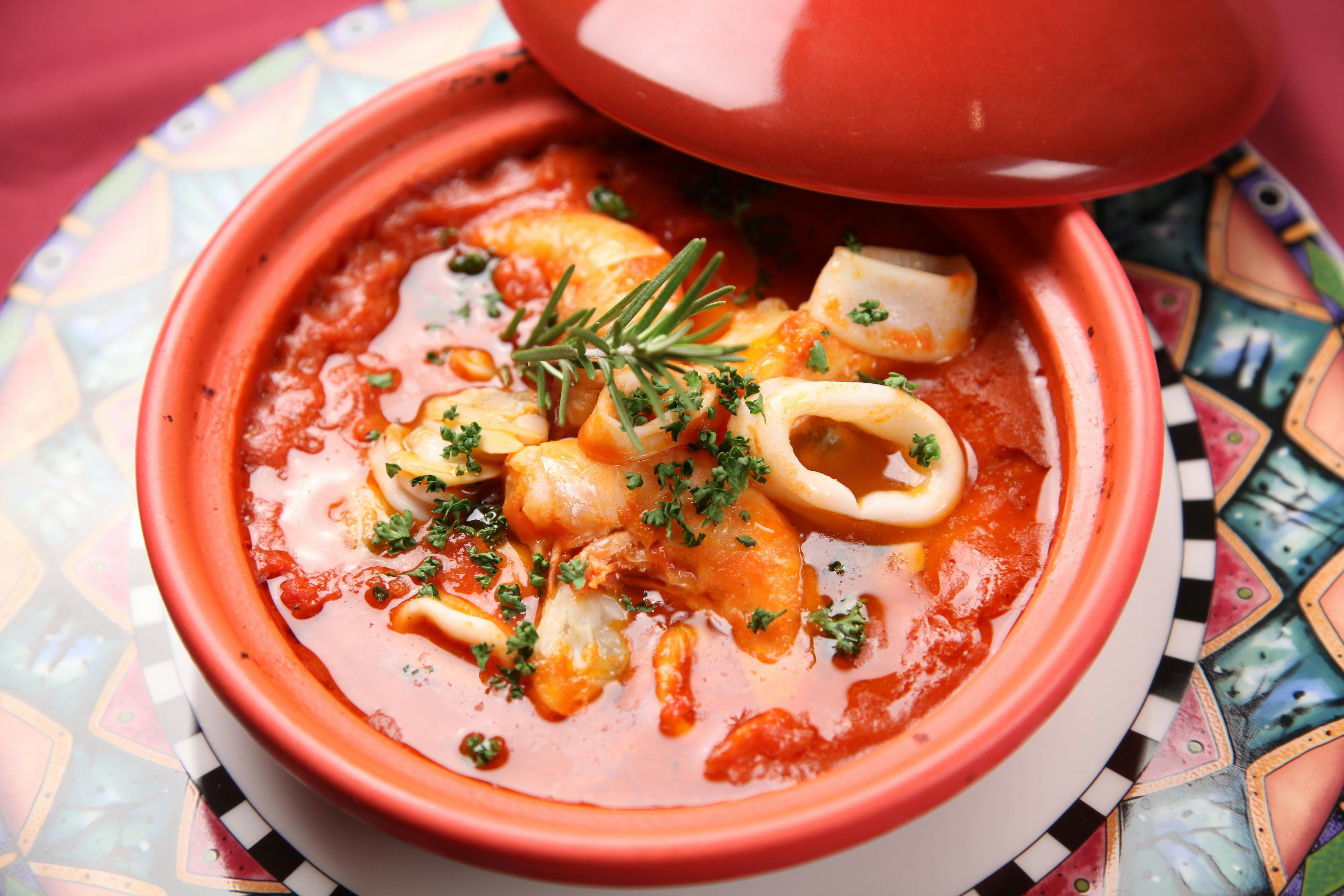
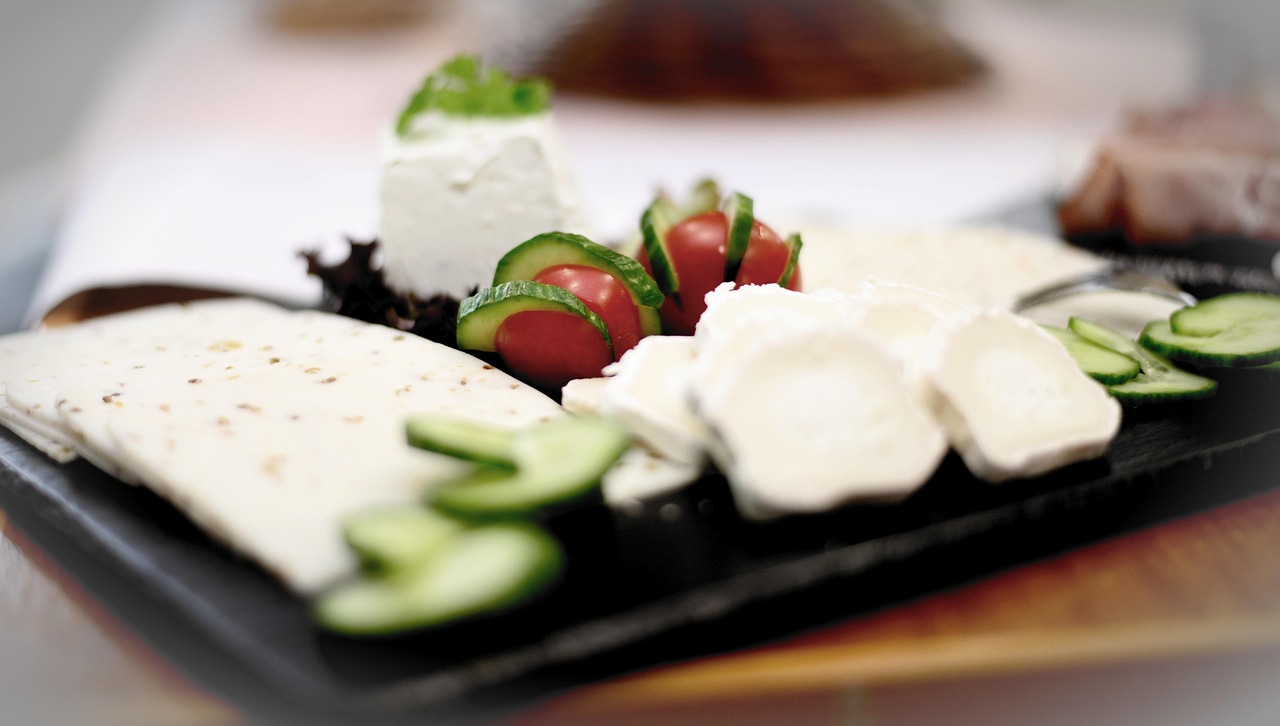
 京公网安备11000000000001号
京公网安备11000000000001号 闽ICP备2023004937号-3
闽ICP备2023004937号-3